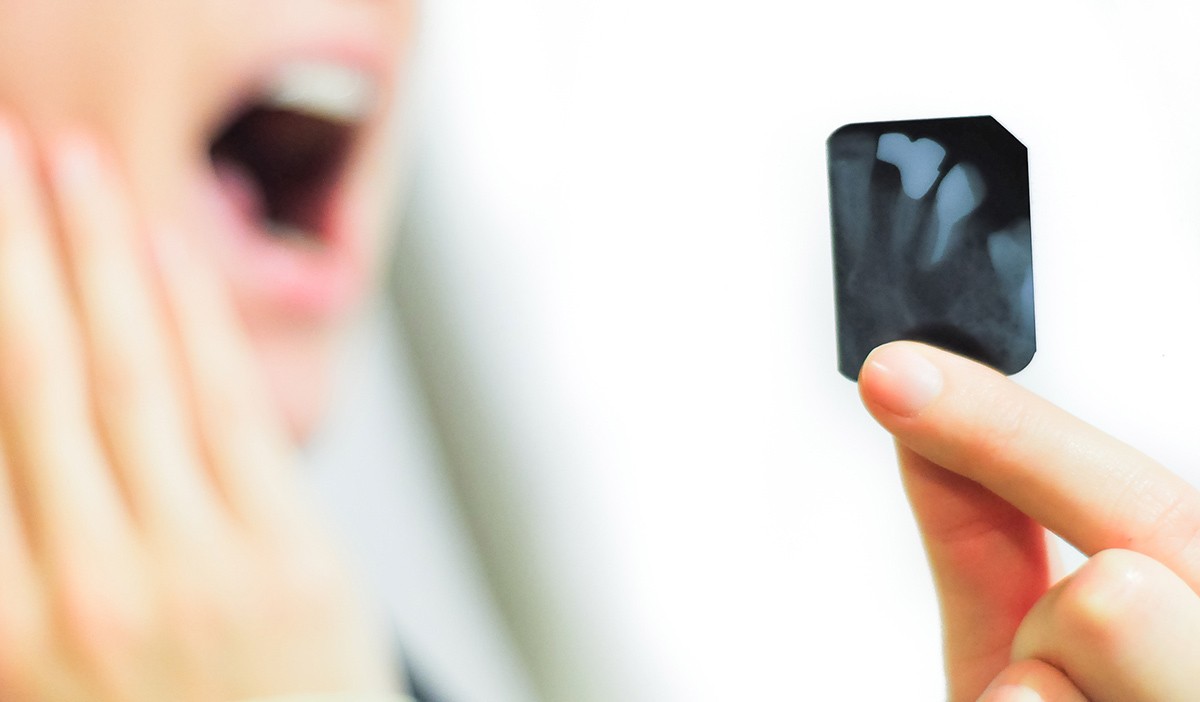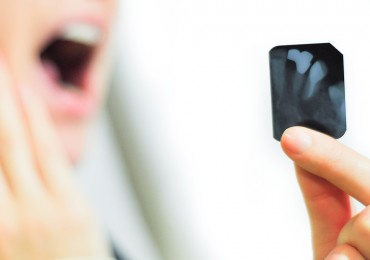Treatment of canal and related roots

About Treatment
Endodontics is the main science in which root canal treatments are performed.
Endodontic treatment is usually referred to mind canal treatment. The most feared treatment among dental treatment procedures is usually canal treatment. Today, canal treatment is performed in single seantars in living teeth and in two seantars in teeth that have lost their vitality.
Anatomy of the tooth
The part of the tooth that appears in the mouth is called the kuron, the part that does not appear in the mouth, and the part that remains in the bone is called the root. We are made up of a few layers. Outside the most part of the Kuron section, the part of our mouth is called enamel. Mine is one of the ensemble schools in our body. Cover your cement layer over the stem part of your stem that is under the gums and is surrounded by bone. Below the enamel and cement plates there is also a dentin layer. The feature of dentin is the largest layer of the tooth, and unlike the enamel layer, it contains nerve endings. This feature plays a role in the mechanism of pain.
There is a toothpaste under the dentin layer. This part contains the femoral veins and nerves. Pulp plays an important role during tooth application and development. It also tells us the problems we have with the pain mechanism and the pain that we have after the tooth has been swallowed.
How does the pulp become inflamed?
Every person has bacteria in the mouth cavity. They will not harm unless the unwanted conditions occur. Bacteria combine with many of the foods we buy to make acids in our mouths. If we do not remove these acids from our mouths, these substances damage the miney and cause decay in the enamel layer. If the bruises formed in the enamel are not treated, they pass to the dentin layer underneath the enamel layer. Although the dentin layer stimulates us through pain, if the bruise that is formed is still untreated, the microorganisms move towards the pulp. In the meantime pulpa puts in various ways to protect itself. One of these ways is to warn us of pain. However, after a period of untreated treatment, the microorganisms destroy the blood vessels and nerves in the pulp and allow inflammation to occur.
Another way of forming inflammation in the pulp is trauma. A blow from the bucket may cause the veins and nerves that enter the root of the tooth from the root to break, thus causing the vitality of the tooth to be lost. Adding microorganism-malar in this way causes inflammation of the pulp.
Another way of having pulppanic infection is to have a long periodontal disease (gingival and peripheral) around the tooth.
How to tell if a tooth is infected?
In pain and sensitivity to cold and hot foods and beverages in the teeth, inflammation and inflammation may be mentioned at the time of eating. Excessive color changes in the teeth may also be detected as inflammation. Apart from these, in the untreated teeth reaching the pulp, the infection comes out from the root tip to the jawbone and may cause small or big bumps in the face. In this case, antibiotics as well as dentist-assisted procedures are also suitable for fighting infections. The general conclusion is that the tooth forming the face swollen should be pulled out after the swollen point. However, this is a very old idea. Even the teeth that cause such large infections can be kept in the mouth by channel treatment, and this tooth can serve you for years like a healthy tooth at the same time.
Channel therapy stages
- Detection of problematic teeth by radiography.
- If the tooth is live, local anesthesia is performed to remove the sensation in the teeth and surrounding tissues.
- Creation of cavities to be reached to the pulp by cleaning the decay of the enamel and dentin layers of the tooth.
- Isolating the bottle with a rubber dam.
- Determination of working length using electronic instruments and verification by radiography.
- Destruction and removal of infected dentin sheets, microorganisms in root canals using rotary instrument systems.
- Destroy microorganisms with various root canal disinfectants when rotary instruments are used in root canals.
- Destruction and removal of infected dentin sheets, microorganisms in root canals using rotary instrument systems.
- If the tooth is not alive when starting the canal treatment, a certain period of time is anticipated with a channel antiseptic to be placed into the root canal and filling of the root blood in the next meeting.
After root canal treatment, it is intended that the tooth is cut off from the surrounding tissues, that the infection does not occur again, and if there is damage to the surrounding tissue of the tooth, it is intended to be repaired.
Following canal treatment, pain can occur when the tooth is folded for several days, especially after the treatment of live teeth, or when it is pressed on the tooth. This is a normal pain that occurs after canalization. The canal is removed shortly after the treatment of the tooth is done with some protection. Today, the success rate is 90% for channel therapy with the right treatment.

 Türkçe
Türkçe English
English Deutsch
Deutsch Norsk
Norsk русский
русский
